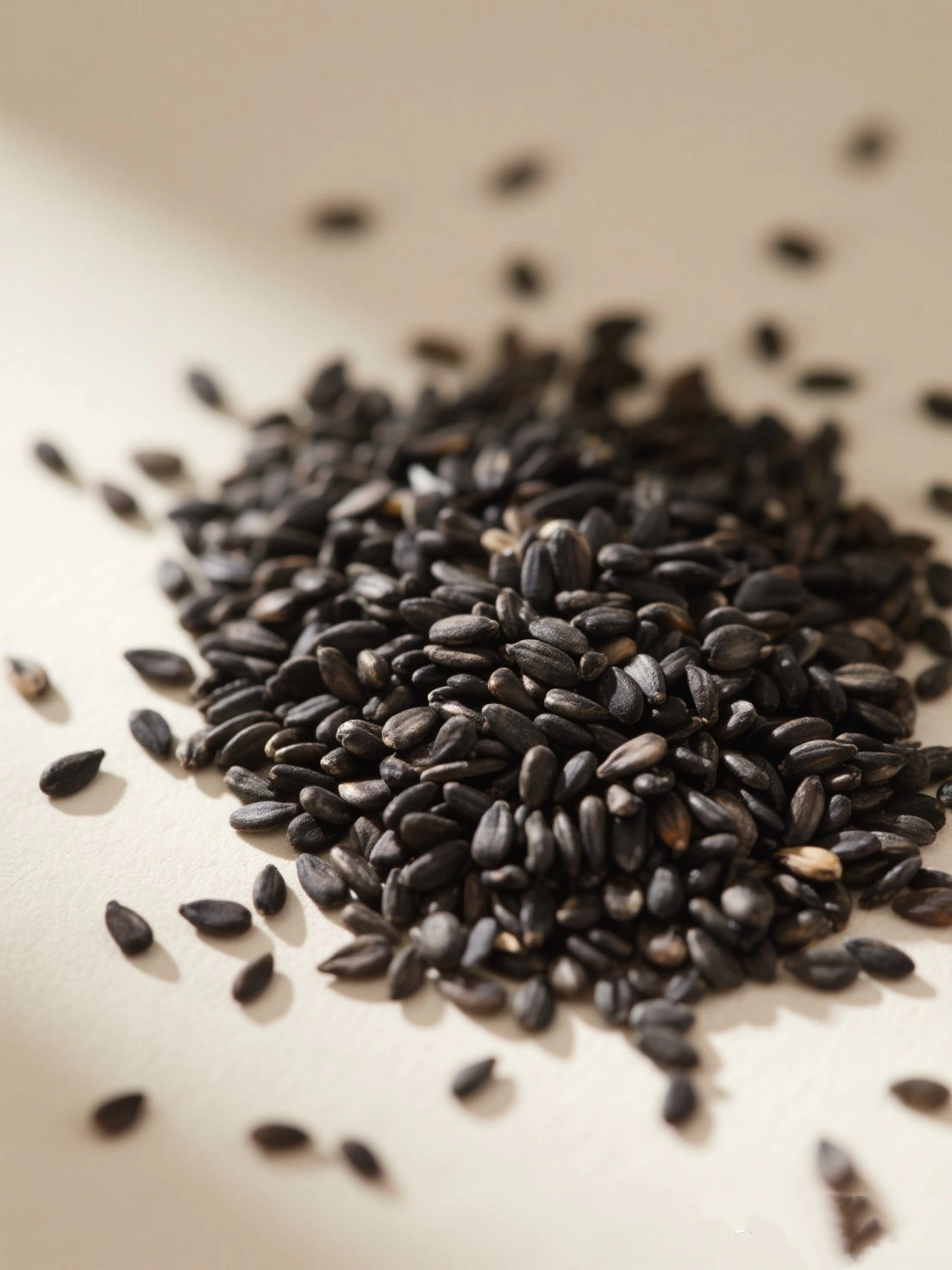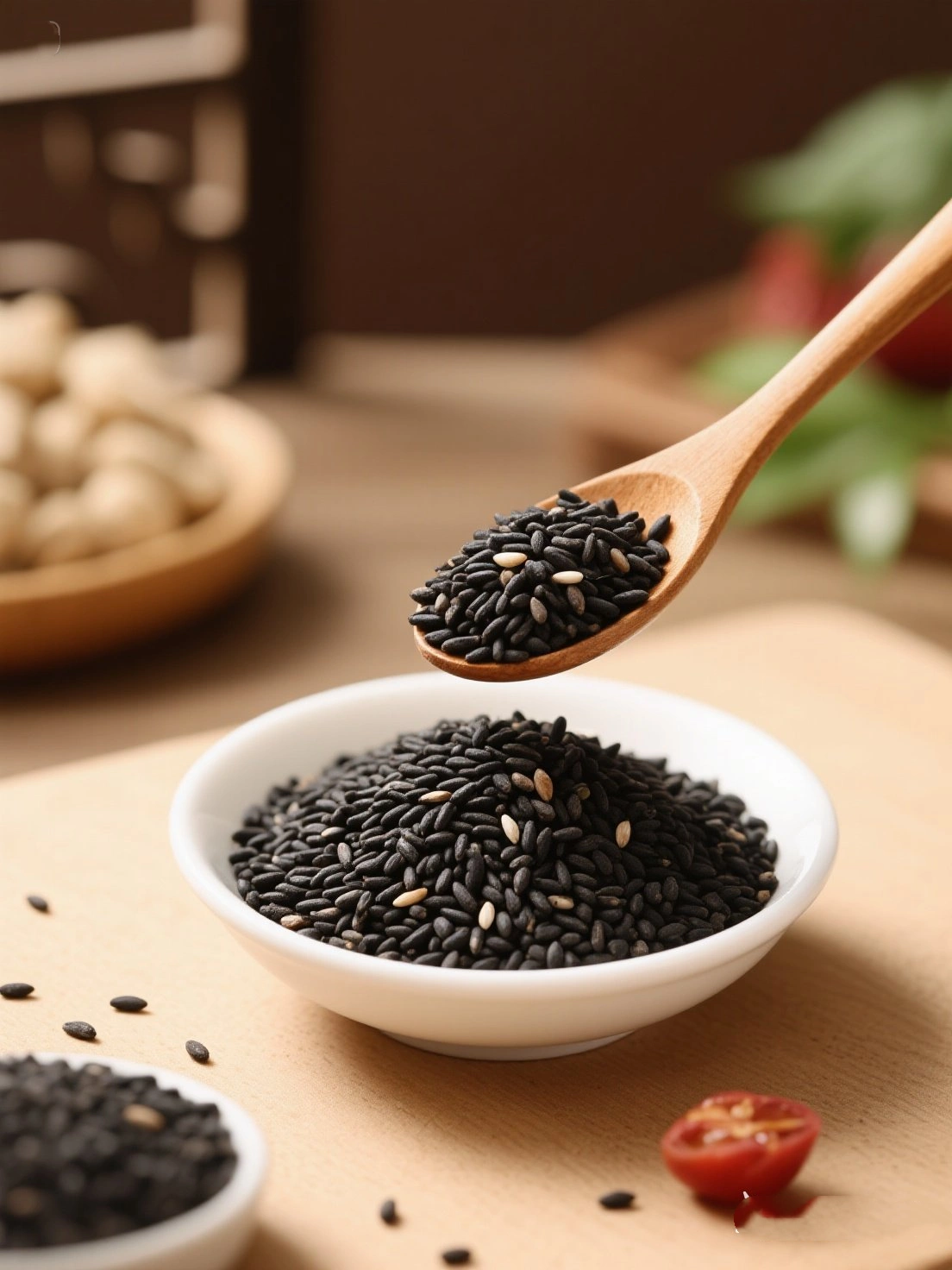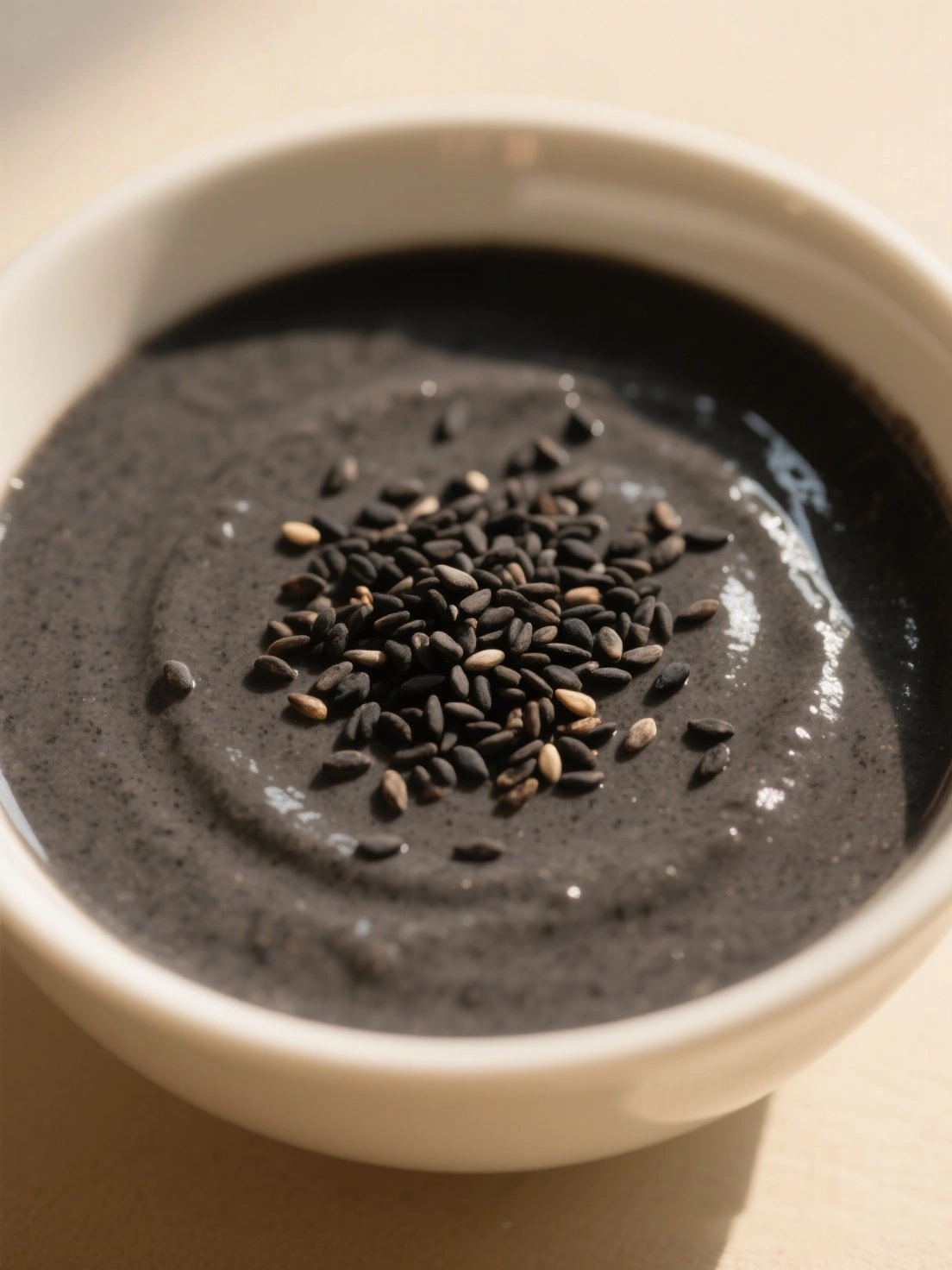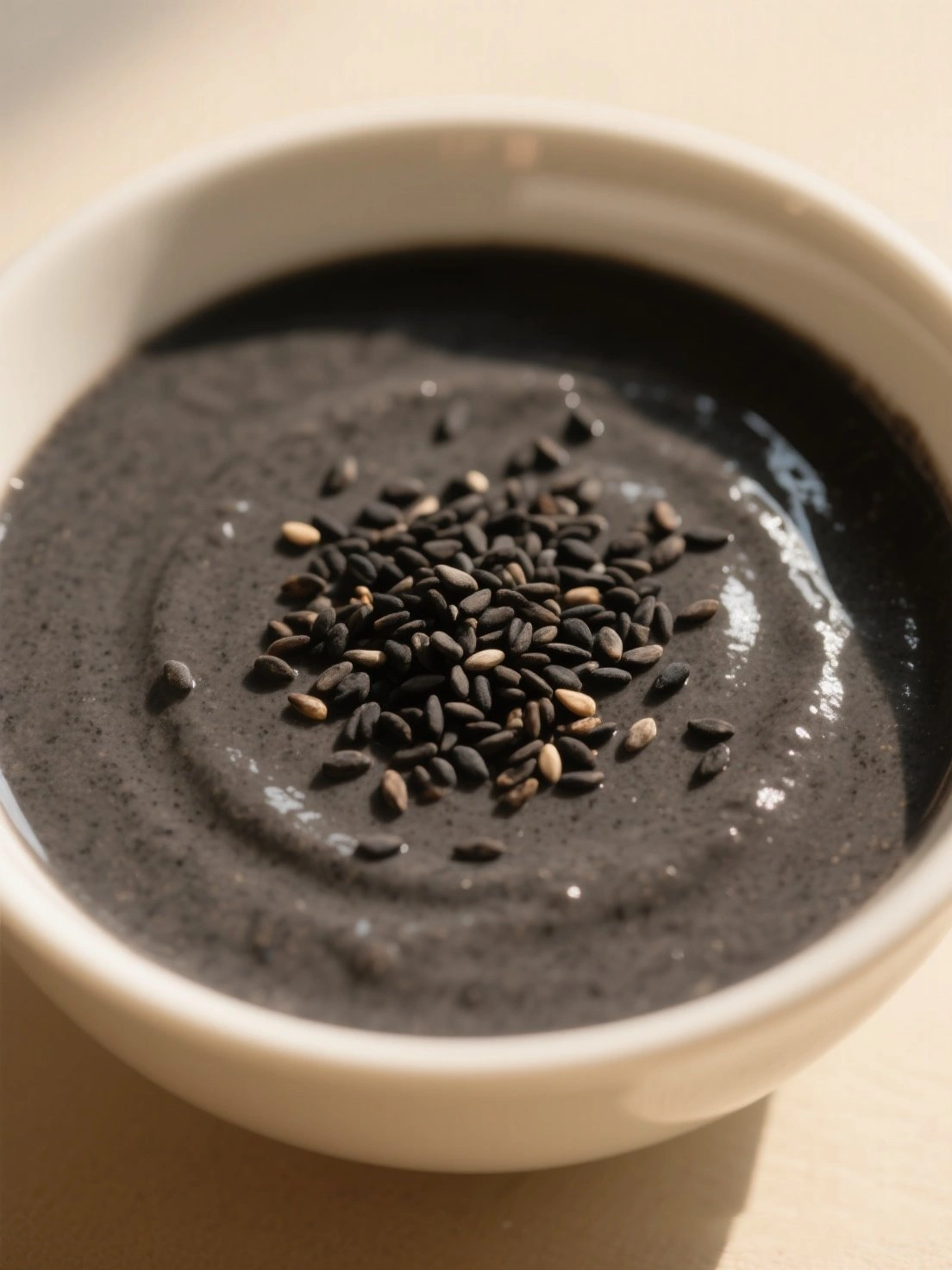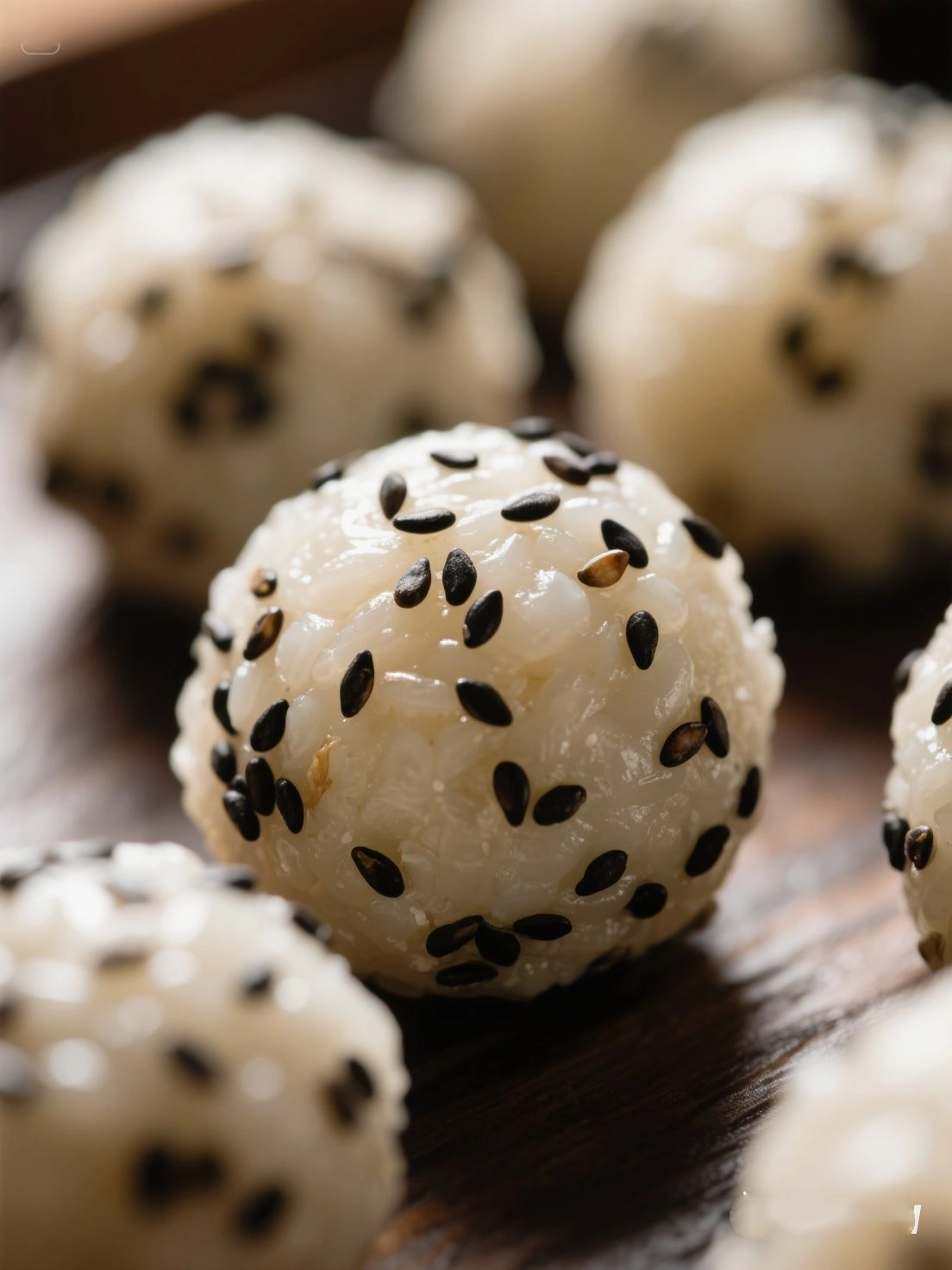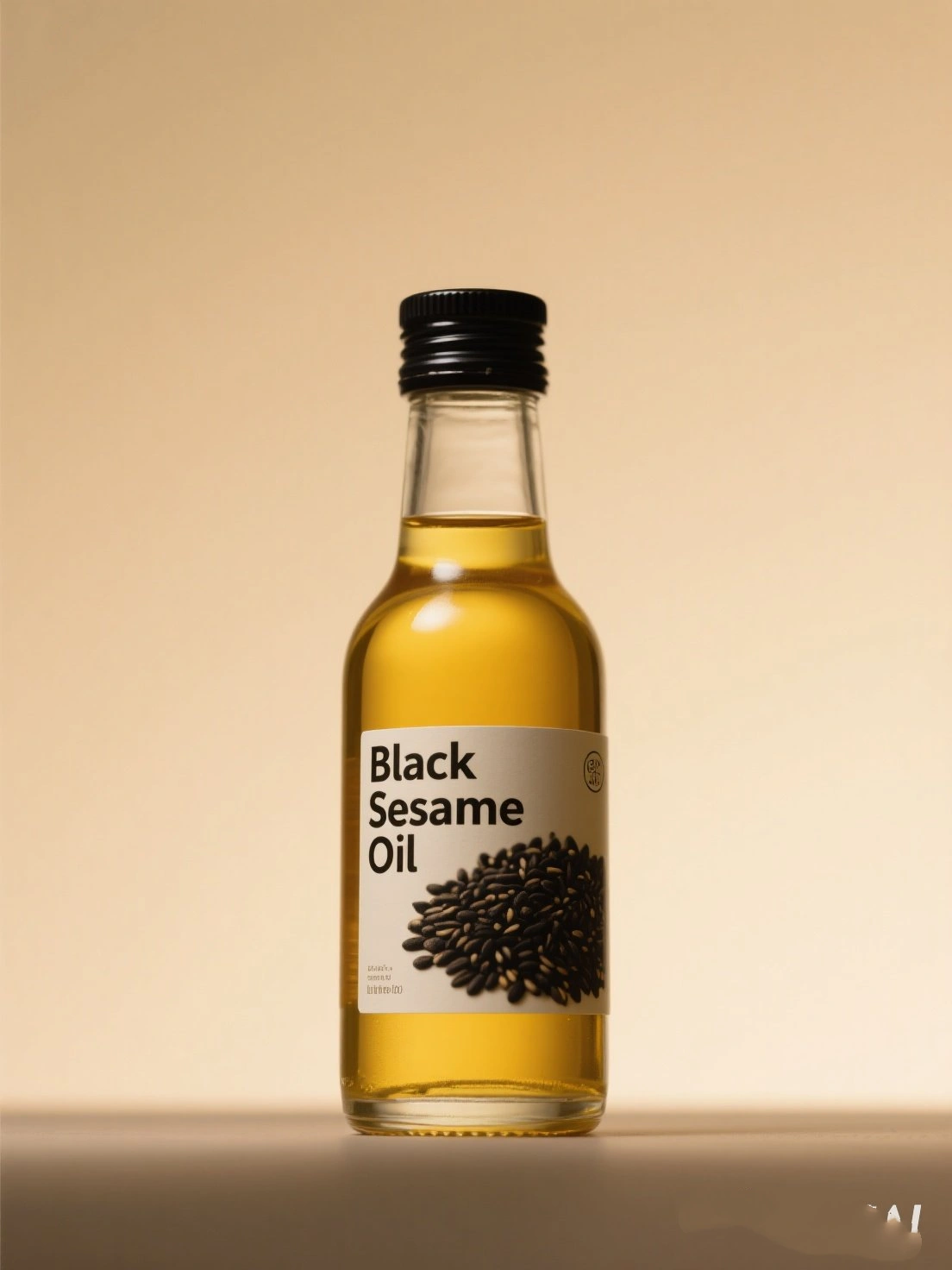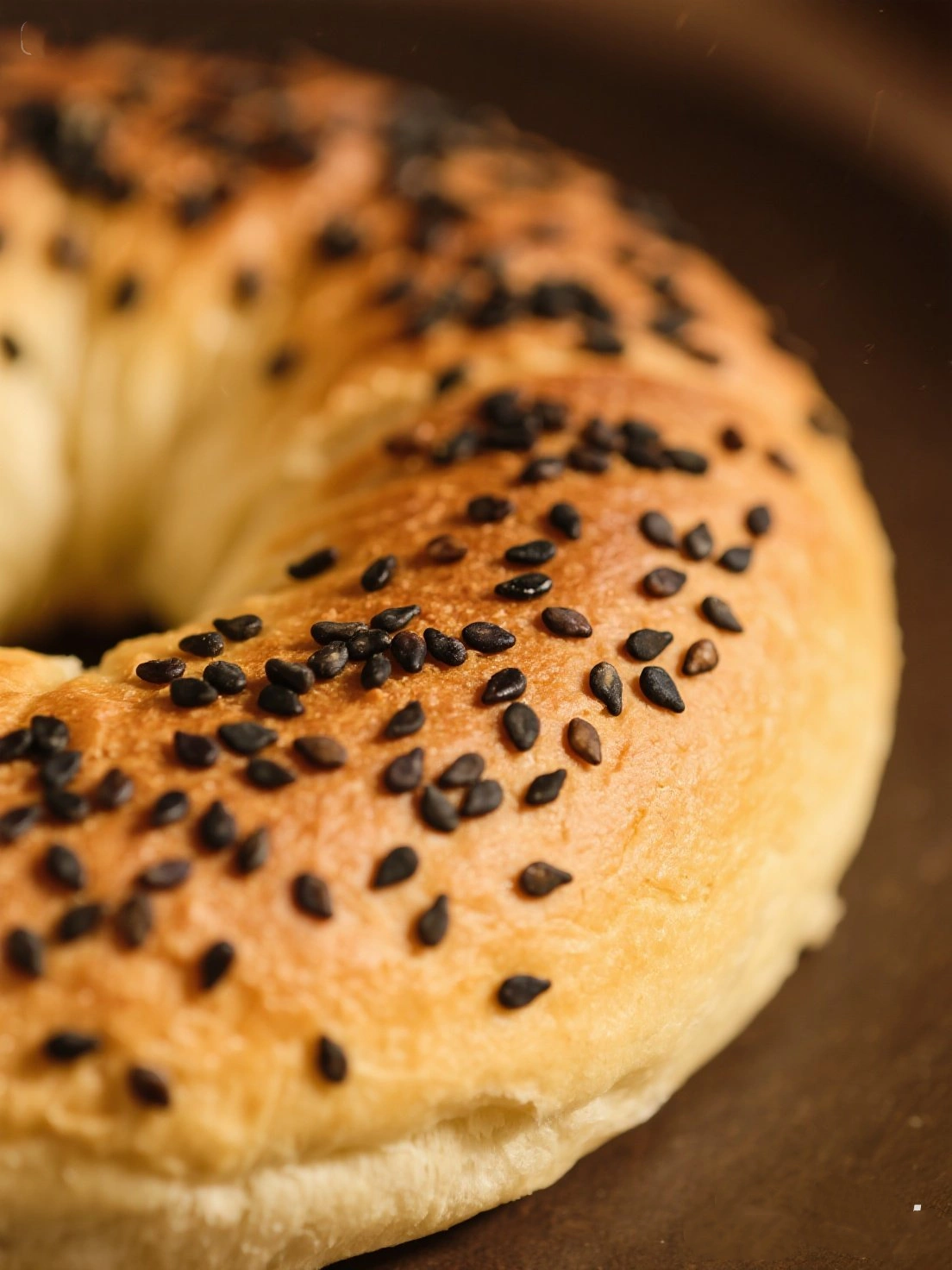Black sesame seeds (hei zhi ma) have been treasured in China for over 5,000 years, revered in Traditional Chinese Medicine as a kidney-nourishing and longevity-promoting superfood. These tiny oil-rich seeds were mentioned in the ancient "Shennong Ben Cao Jing" as a superior herb for replenishing essence and preventing premature aging.
In Chinese culture, black sesame symbolizes wisdom and is traditionally consumed to maintain dark, healthy hair. The most prized varieties come from Jiangxi and Hubei provinces, where the climate and soil conditions produce seeds with exceptional oil content and flavor. Unlike white sesame, black sesame retains its outer hull, giving it higher nutritional value and a more robust, nutty taste.
Black sesame has been used medicinally for centuries to treat constipation, nourish the blood, and support reproductive health. When toasted and ground into paste, it becomes a versatile ingredient in both sweet and savory dishes, as well as a key component in many herbal formulas.
